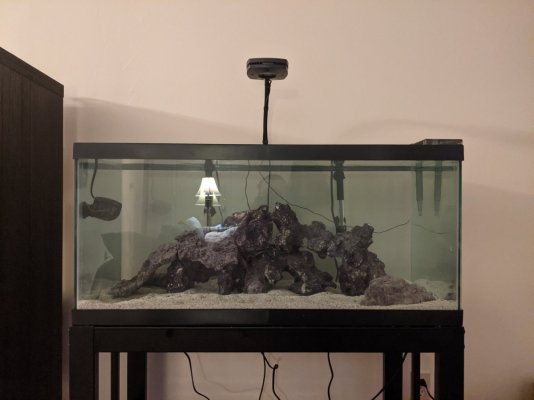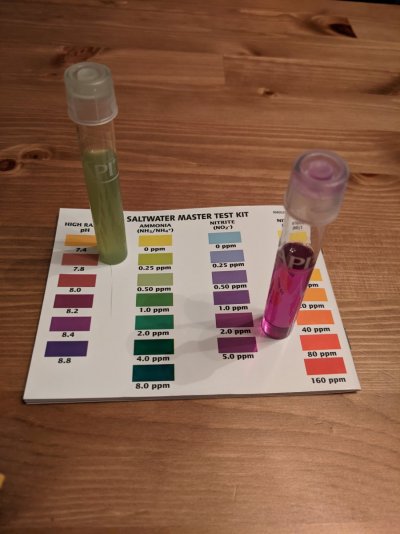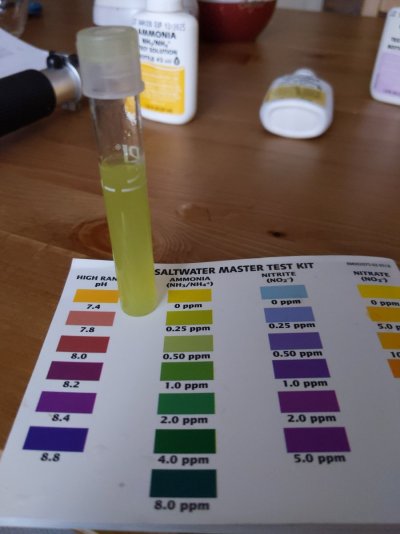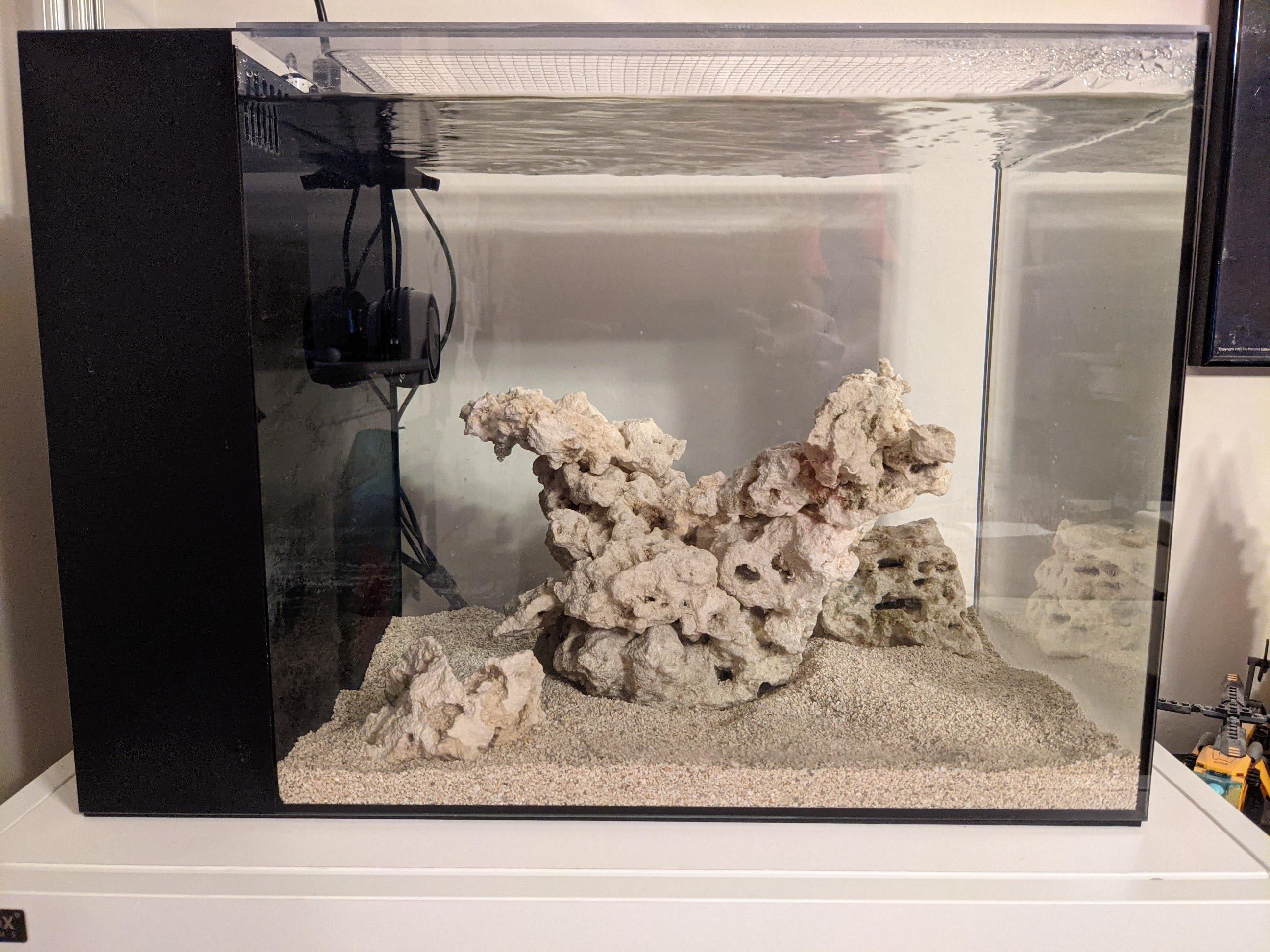Then I’m confident you can begin after a water change or after polyfiltration to reset all ammonia, I’ll bet the water smells normal too, we change water just to be safe and mainly to bring down algae potential from nitrate. You can add a test snail right now as is, I bet it lives, and if the water was true 2 ppm he wouldn’t make overnite.
I wouldn’t bother testing any other params, dr Tim’s is ten day ready bac (or faster) if tested nitrite is likely to show positive but we don’t really mind, it’s neutral.
I wouldn’t bother testing any other params, dr Tim’s is ten day ready bac (or faster) if tested nitrite is likely to show positive but we don’t really mind, it’s neutral.





















